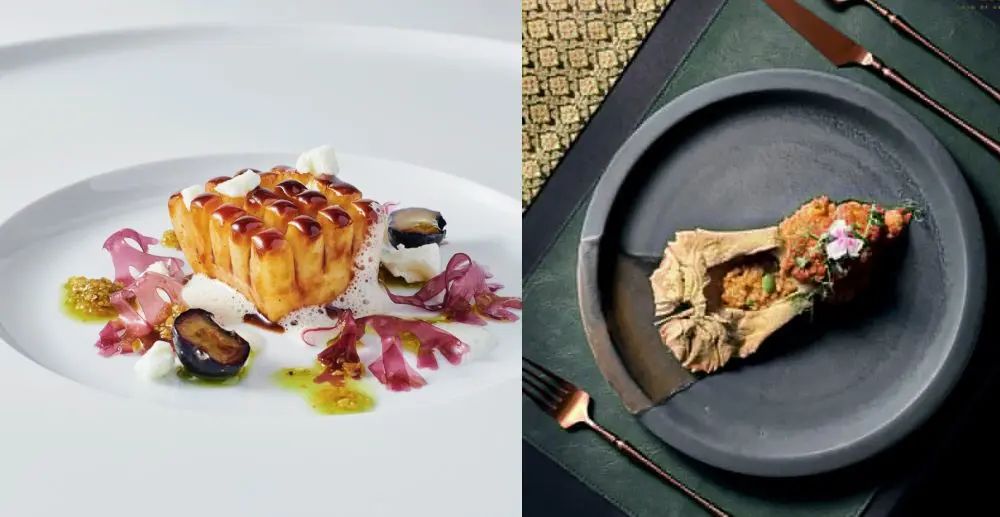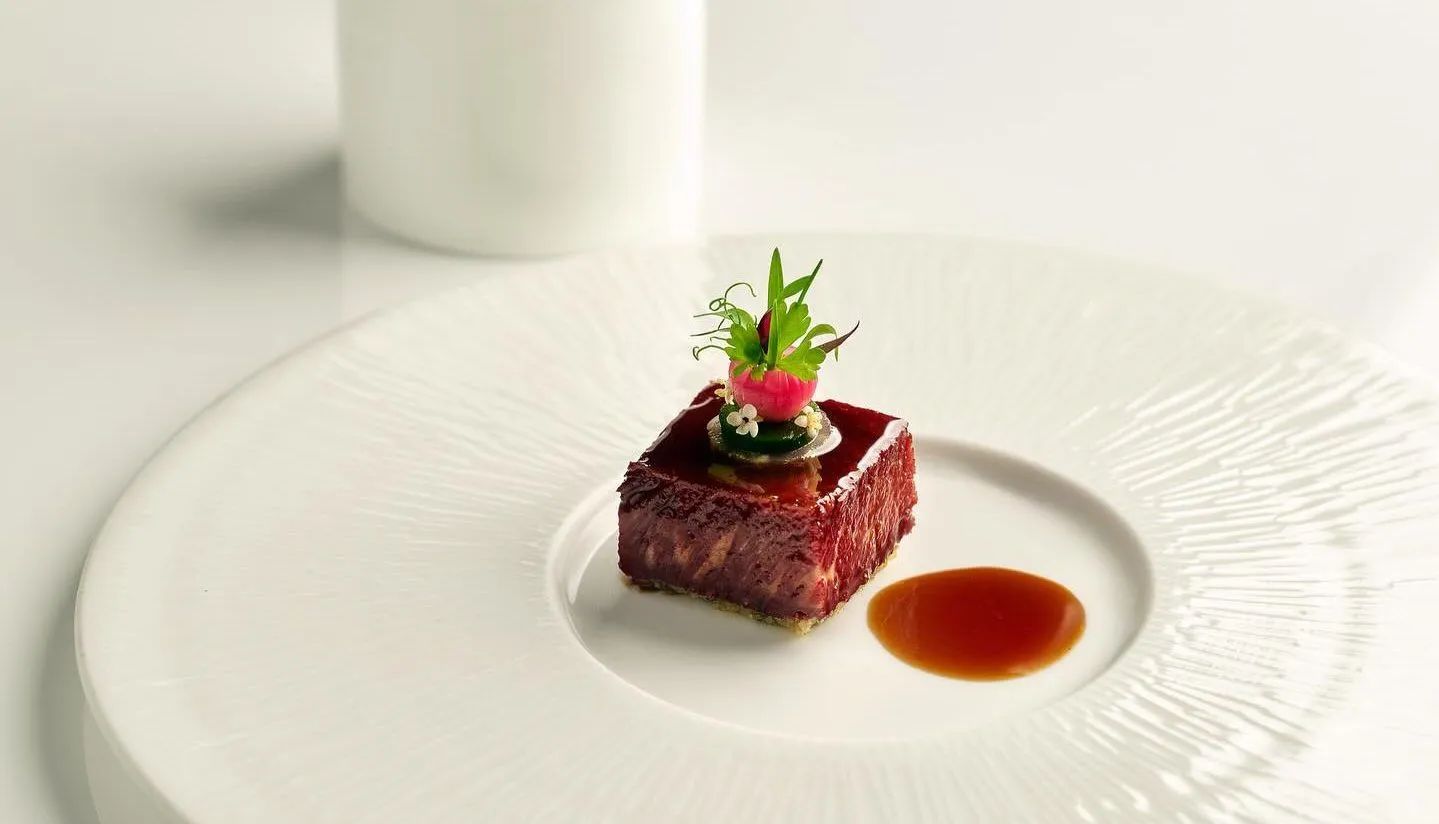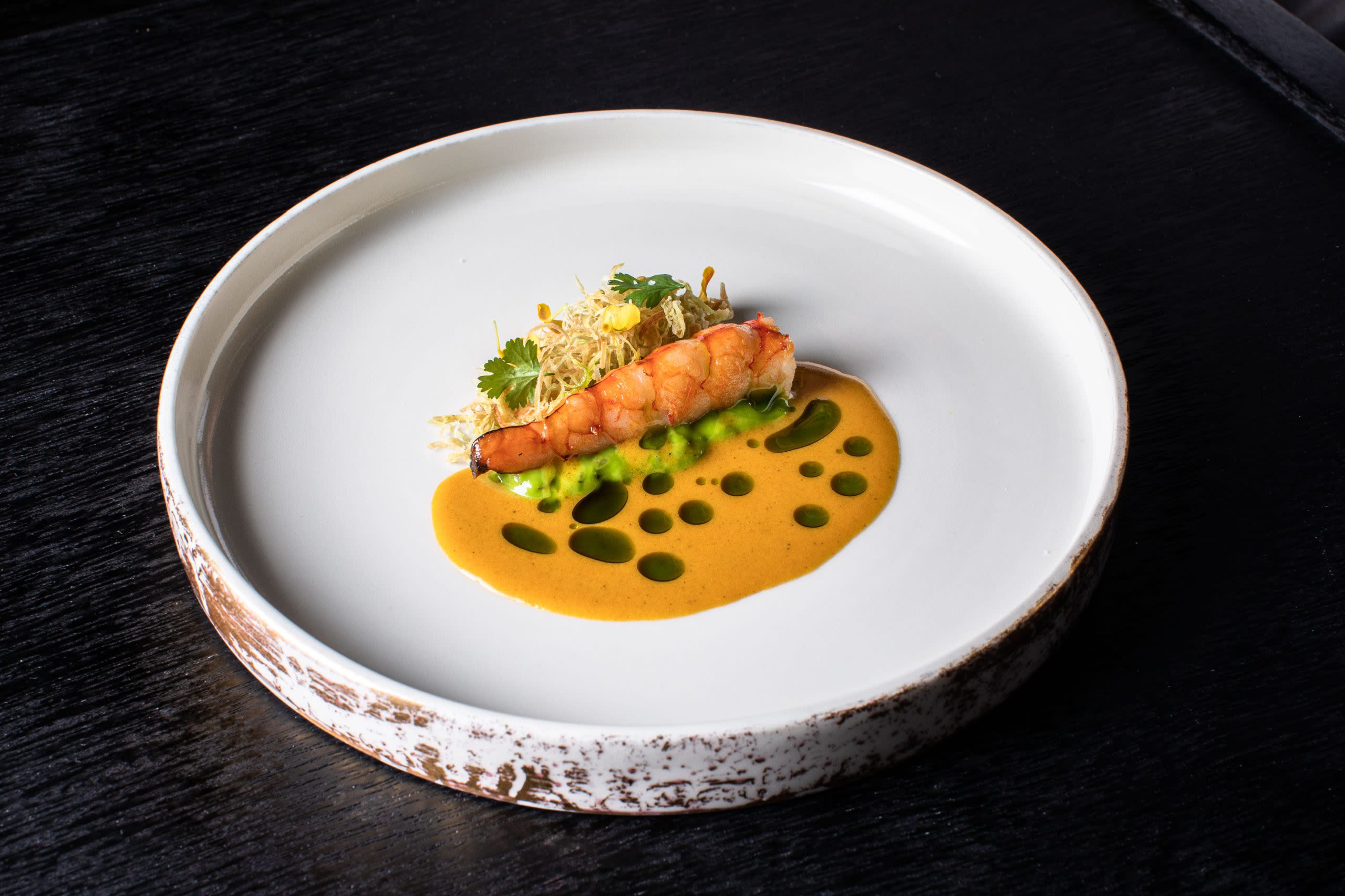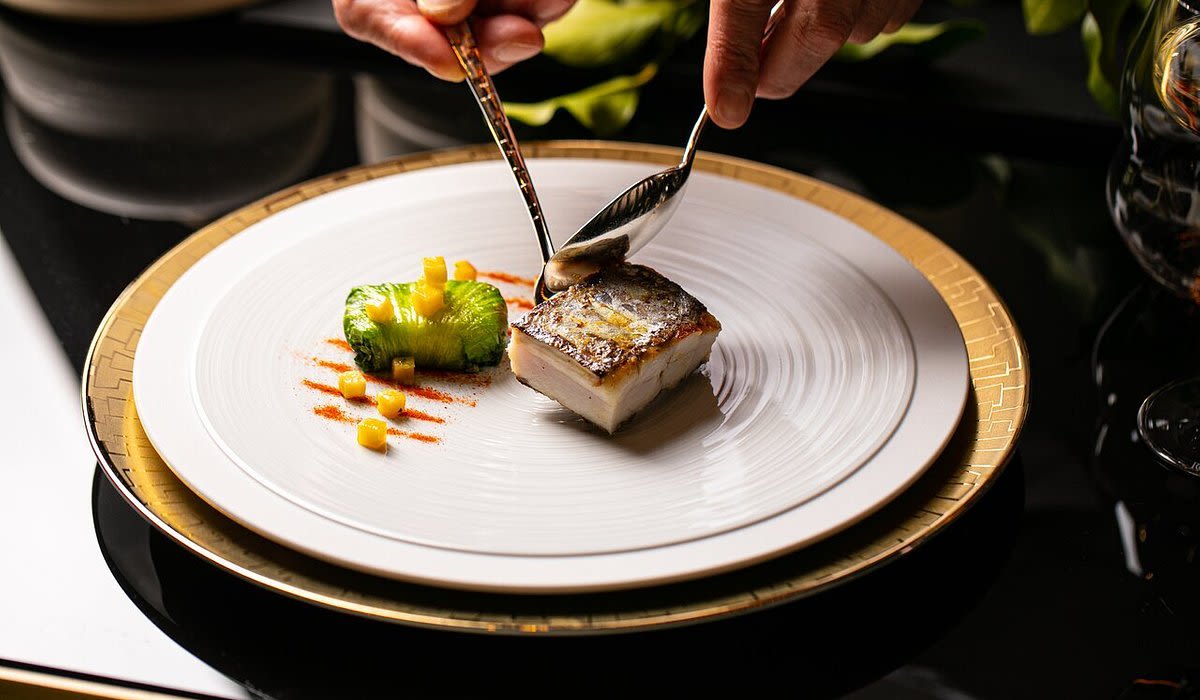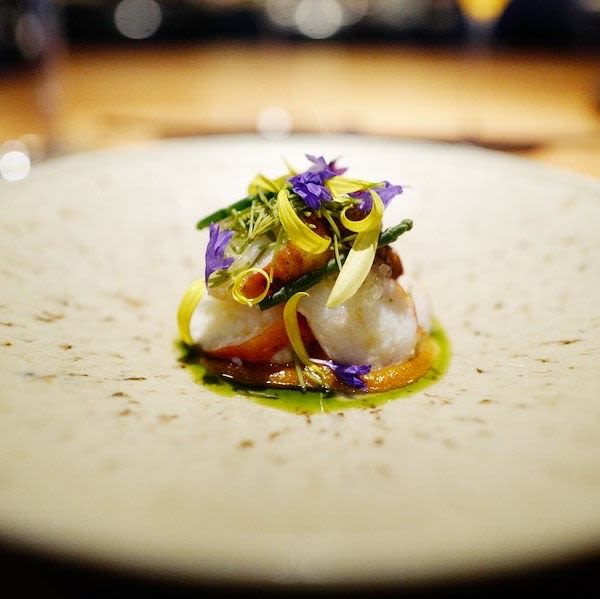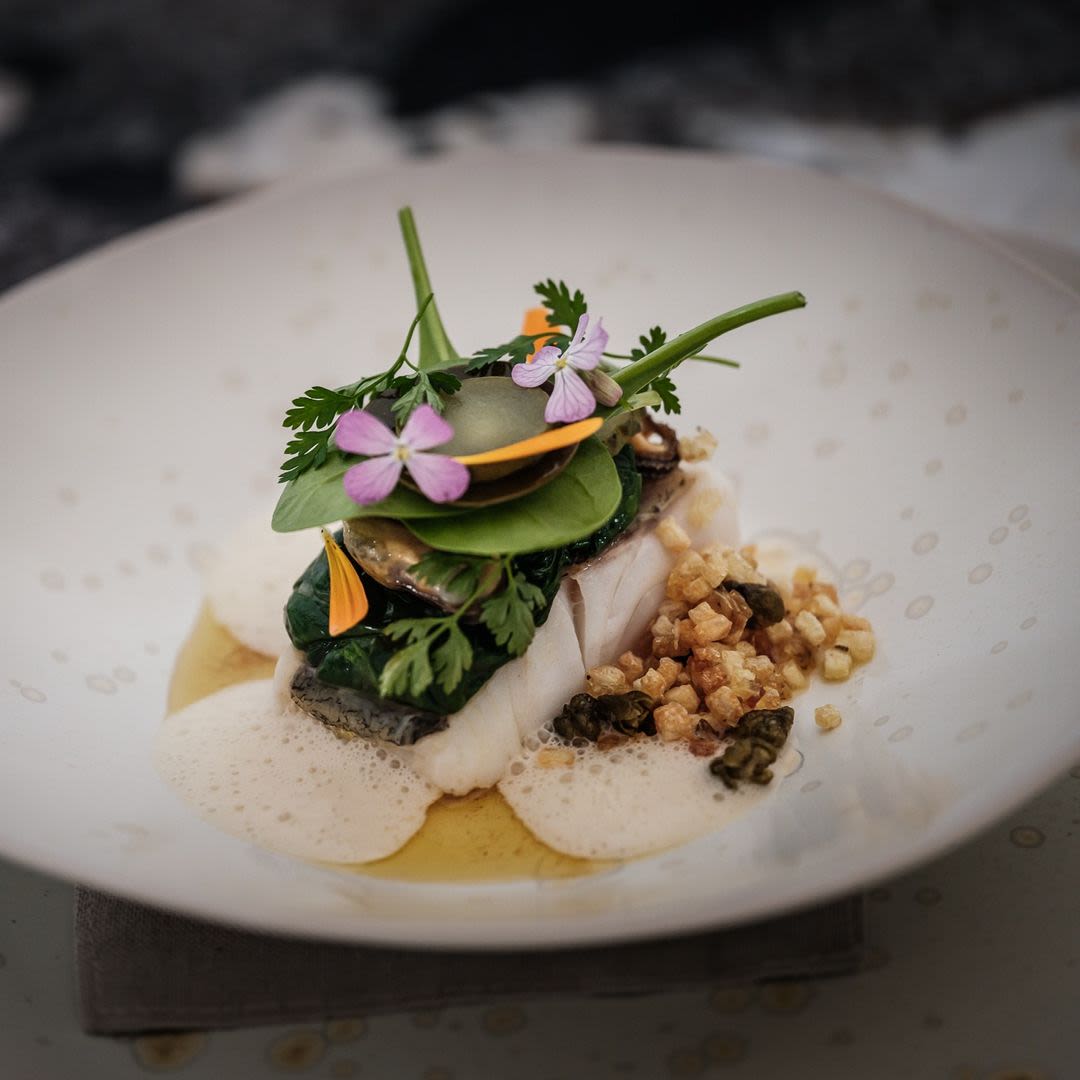From Tyres to Taste: How the Michelin Guide Inspires Future Chefs at Reliance College
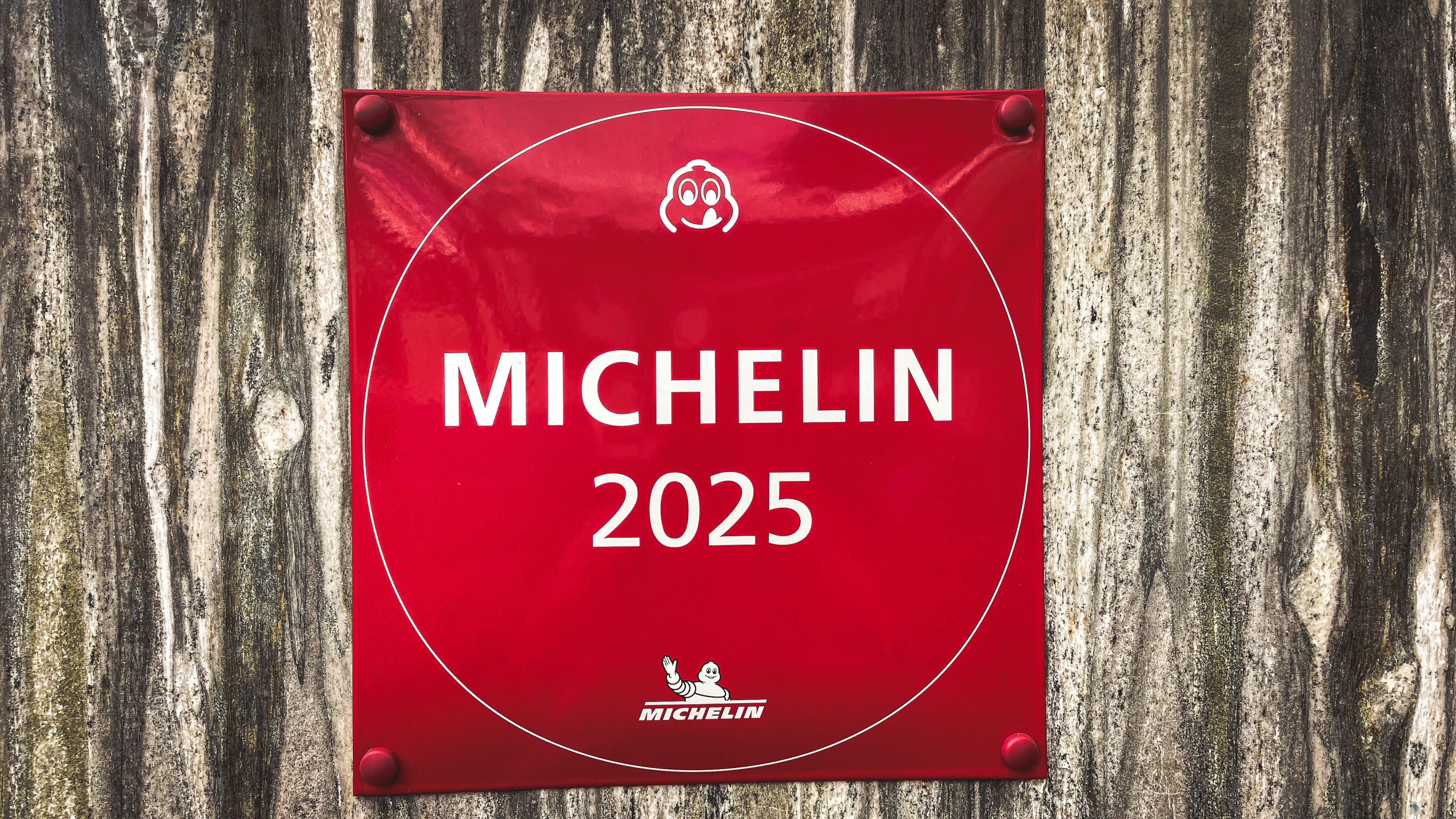
When you hear the words Michelin Star, your mind probably jumps to images of refined dishes, flawless plating and unforgettable dining experiences. But here’s the twist: the Michelin Guide didn’t actually start as a food guide at all. Its origins were much humbler, and had more to do with tyres than truffles.
So why should culinary students in Malaysia care about a guide created over a century ago in France? Because the standards it set have shaped the very definition of culinary excellence. And for students at Reliance College, enrolled in the Diploma in Culinary Arts, the Michelin story offers valuable lessons on what it means to reach the highest level in the kitchen.
A Surprising Beginning
The Michelin Guide was first published in 1900 by French tyre manufacturers André and Édouard Michelin. At the time, cars were rare and so were drivers. The brothers wanted to encourage people to travel morewhich, in turn, meant they would buy more tyres.
Their guide included road maps, car repair tips, hotel listings and, yes, restaurant recommendations. Over the years, it evolved from being a travel handbook into the world’s most respected culinary guide. By the 1920s, it had developed into something extraordinary: anonymous reviewers began inspecting restaurants, setting standards that chefs across the globe still aspire to today.
What Do Michelin Stars Mean?
By 1926, the Michelin Guide introduced its first star system. It later expanded to the three-star ranking we recognise today:
- One Star: “A very good restaurant in its category.”
- Two Stars: “Excellent cooking, worth a detour.”
- Three Stars: “Exceptional cuisine, worth a special journey.”
But what does it take to earn those stars? Michelin inspectors focus on key criteria such as:
- Quality of ingredients — freshness, sourcing and seasonality.
- Mastery of flavour and technique — from knife skills to sauces and baking precision.
- Chef’s personality on the plate — creativity and originality that make a dish stand out.
- Consistency — excellence maintained across multiple visits, days and seasons.
- Value for money — not about being cheap, but about delivering quality worth the price.
These principles are not just for award-winning chefs. They’re lessons any aspiring cook can embrace.
Lessons for Culinary Students
For a student training to become a chef, the Michelin story isn’t just about glamour. It’s about discipline, skill and passion. Here are some key takeaways:
Perfection in the Details
From the sharpness of your knife cuts to the consistency of your sauces, small details add up to greatness.
Respect for Ingredients
Michelin-worthy chefs don’t hide ingredients, they let them shine. A tomato, a piece of fish or a local spice can be the star of the plate if treated with care.
Consistency is Key
It’s not enough to make one good dish in class. True skill is proven when you can deliver the same high standard over and over again.
Creativity with Discipline
Yes, experimentation is vital. But successful chefs know when to push boundaries and when to honour tradition.
Never Stop Learning
Even Michelin-starred chefs admit they’re still learning. For students, this is a reminder that graduation is not the end — it’s just the beginning.
How Reliance College Prepares Students for Michelin-Level Standards
At Reliance College, the Diploma in Culinary Arts is built to nurture these very qualities. The two-year programme blends theory with hands-on practice, ensuring students aren’t just learning recipes, they’re mastering the craft.
Here’s how the course aligns with Michelin’s values:
Mastery of Technique
From Baking & Pastry Arts to Asian & European Cuisines, students develop the technical foundation chefs need to perform at a professional level.
Understanding Ingredients
Modules in Essential Cuisine and Malaysian Cuisine teach students how to respect ingredients, work with seasonality and showcase flavours.
Creativity and Personality
Students are encouraged to bring their own style into their cooking, experimenting with fusion dishes or modern twists on traditional favourites.
Consistency and Professional Standards
Practical assessments and internships ensure that students practise under pressure, just like in a professional kitchen.
Global Recognition
With dual awards from Reliance College and Switzerland’s Business & Hotel Management School (BHMS), students graduate with credentials recognised worldwide.
Beyond the Stars: Building Careers in Culinary Arts
Not every student will aim for Michelin stars, and that’s okay. Culinary education is about preparing for a range of opportunities:
- Working in high-end restaurants.
- Building a career in hotels, resorts or catering.
- Exploring entrepreneurship by starting a café, bakery or catering service.
- Specialising in patisserie, bakery or regional cuisines.
But whether you’re chasing three stars or building your own brand, the discipline and standards inspired by Michelin are universal. They prepare you to thrive in a field where excellence, creativity and professionalism are always in demand.
The Michelin Guide may have begun as a way to sell tyres, but today it is one of the most respected names in food. For culinary students, it’s more than a ranking system. It’s a reminder that every dish tells a story, every plate is a performance and every chef has a chance to make their mark.
Through the Diploma in Culinary Arts at Reliance College, students gain not only the technical skills but also the mindset to strive for that kind of excellence. And while not every chef will chase Michelin stars, every chef can learn from the pursuit of them.

